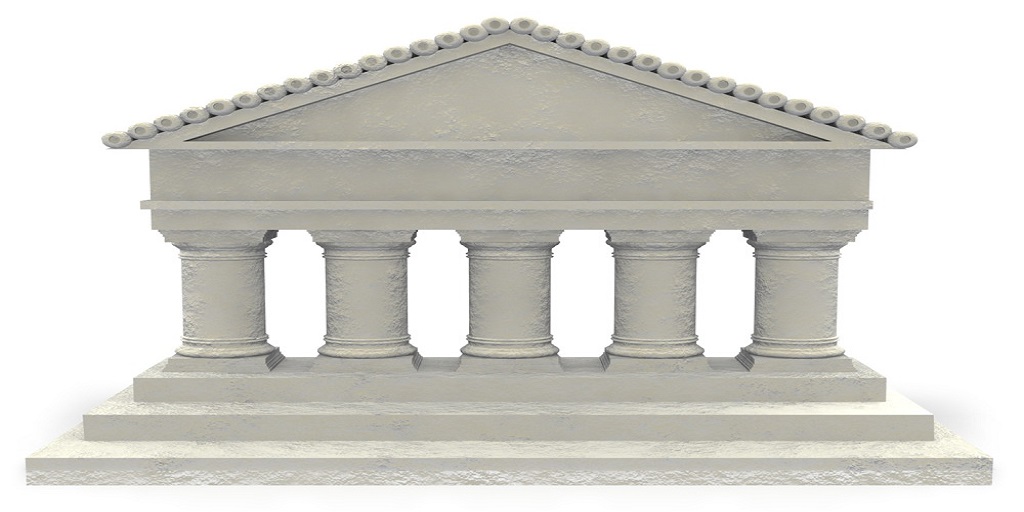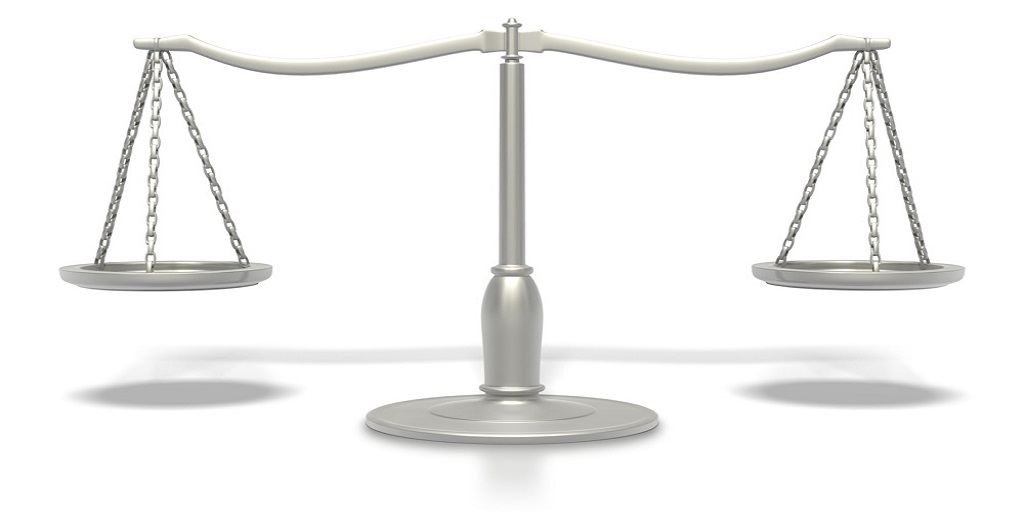Patent Reform Act of 2010: An Overview
Is the United States patent system broken and does it need to be fixed? Can our governmental leaders fix the patent system through legislation? Patent reform legislation has been introduced in each of past three Congresses and has yet to be ratified. Through the current Reform Act it is hoped that better patents are issued, patent rights will be enforced and the flow of technology advances our society for the good of us all. The argument over the many proposed changes appears to be getting closer to a conclusion.
Versions of the bill have been introduced in both the House and Senate (H.R. 1260 in the House, S.515(.PDF) in the Senate). The Senate Judiciary Committee has passed the bill and the House Judiciary Committee has held hearings on it. It will need to pass both committees and both chambers of Congress for it to be sent to the president.
The Obama administration has signaled support for a bipartisan patent reform agreement in the .jpg)
In an April 20, 2010, letter addressed to both Senators Leahy and Sessions, Commerce Secretary Gary Locke pointed out that President Obama supports patent reform and would like to see the bill brought to the floor of the Senate and passed. Here is an excerpt from Locke’s letter:
The Obama Administration strongly supports your efforts to achieve such reforms and is committed to working with members of both houses of Congress to bring these efforts to fruition as you seek to bring a bill to the Senate floor. Regardless of any issues that remain under discussion, there is a consensus that a strong patent system, including an appropriately funded and well-functioning United States Patent and Trademark Office (USPTO), fosters innovation that drives economic growth and creates jobs.
Leahy’s procedural move is called a “hot line,” in which Senate Majority Leader Harry Reid (D-NV) will ask all Senate offices for unanimous consent to proceed to the bill, substitute the new language, and consider it passed.“Hot line” is the term used for a request to Senators to agree to allow a bill or resolution to be considered approved by the Senate without debate. It is has been reported by Dan Friedman of the NationalJournal.com that Senator Leahy is seeking floor time for consideration of S. 515, and hopes it will be taken up by the full Senate prior to Memorial Day.
Some of the proposed changes to current law are outlined below:
- First Inventor-To-File: The U.S. currently uses a “first-to-invent” system, which seeks to determine which applicant actually invented it first. The proposed reform would grant a priority of a right to the inventor who first-filed a patent application. Currently an inventor has a one-year grace period to file a patent application from the time the invention is used in public, published or offered for sale. This change would eliminate the one-year grace period unless the inventor was the “first-filer.”
- False Marking: The proposed reform would eliminate the right of “any person” to file a false marking claim. Claims would be limited to individuals who have “suffered a competitive injury.” This change would apply to apply to all cases, without exception, pending on or after the date of the enactment of this Act.
- Damages: The Patent Reform Act of 2010 attempts to address allegations that awards in patent cases are at times unfair and inconsistent. The Act proposes that courts be required to “identify the methodologies and factors that are relevant to the determination of damages, and the court or jury shall consider only those methodologies and factors relevant to making such determination.” In other words, juries will only be allowed to award damages if the contentions are supported by substantial evidence. Each party would be required to “state, in writing and with particularity, the methodologies and factors the parties propose for instruction to the jury in determining damages … specifying the relevant underlying legal and factual bases for their assertions.” This approach looks to strike a balance between the rights of patentees and accused infringers. However, as this approach does not actually limit damage awards, it remains to be seen how much this will affect a jury’s determination of damages.
- Trial: Right to split trial into segments: damages; infringement; validity; and willfulness.
- Willful Infringement: Under the current law, if it is determined that an accused infringer willfully infringed on another’s patent, “the court may increase the damages up to three times the amount found or assessed” (see S. 515 – Patent Reform Act 2009). Understandably, willful infringement was asserted in a majority of cases, and was found in many of them. This led to a number of unforeseen consequences. For instance, since one defense to willful infringement is reliance on an opinion from a patent attorney that there was no infringement, a number of lawyers were charging outrageous amounts (in excess of $100,000) for these opinions. In other cases, it was found that some businesses deliberately avoided learning about patents in order to avoid willful infringement claims. This completely goes against the whole purpose of the patent system, which is to promote science and useful arts. As a result, the Patent Reform Act of 2010 attempts to fix the willful infringement doctrine by increasing the standard for finding it. The 2010 Act proposes that, in order to be found “willful,” you must be found to be “objectively reckless” by clear and convincing evidence. It would also be made clear in the statute that knowledge alone is not enough to establish willfulness, and that any close cases should ere against a willfulness finding. This approach strikes a nice balance by making it much more difficult to assert willful infringement without getting rid of the doctrine all together.
- Pre-Issuance Submissions of Prior Art by Third Parties: The statute would expand the time frame for third-party submissions and allow third-parties to submit references and a statement regarding the relevance of the reference to patentability during examination of a patent application. This provision will benefit the public, the Patent Office, and inventors by giving the public additional time and the ability to make arguments to the Office; the Office more thoroughly examines an application in the first instance thereby decreasing potential reexamination proceedings; and the inventor is granted a patent which has been more thoroughly examined thereby decreasing the likelihood that the patent will later be invalidated through a novelty/nonobviousness argument.
- Litigation Venue: Patent cases could be transferred for the convenience of the parties to venues clearly more convenient than the venue in which the civil action is pending.
- Federal Circuit Judicial Residency: Federal Circuit Judges would no longer be required to live in the Washington, DC area.
- Micro-Entity: A new type of entity defined as a “micro entity” for an inventor that has not been named on 5 or more previously filed patent applications would qualify for reduced fees.
- Best Mode Requirement: The Best Mode requirement would no longer be an invalidity defense and it cannot serve as a basis for holding a patent unenforceable. If the bill is made into law it will result in: Patents that do not teach the best way to make the invention, but teach “a way” to make the invention; this change favors the inventor over the infringer because it will make it harder to invalidate a patent.
- Inequitable Conduct: Currently, when applying for a patent, the patentee is required to supply to the Patent Office any information deemed relevant to the invention’s patentability. If you intentionally mislead the Patent Office at this time, you are guilty of inequitable conduct, and the penalty is unenforceability of your patent. While that appears to be fair, it turns out that because of the penalty at stake, inequitable conduct is alleged in almost every major patent case. As a result, the Patent Reform Act of 2010 proposes to allow patent owners to request “supplemental examination” prior to litigation. During this time, the patent owner could submit relevant information to the Patent Office for consideration. Any patentee surviving this reexamination would be exempt from an allegation of inequitable conduct based on the initial examination process. However, a big question mark is the ability of the Patent Office to handle the changes created by this proposed law, including processing a host of new reexamination proceedings. With 750,000+ applications sitting in its backlog, can the USPTO afford to devote manpower to this?
The Patent Reform Act of 2010 appears to balance the playing field for patentees in defending their patents.In the long run, the pressures of market competition will determine the fate of the patent system based on its performance. If the patent system fails, over time it will make the United States economically less competitive, and industry will demand change.
The new amendment to the “Patent Reform Act of 2010“ proposes a number of so-called improvements that are the subject of other LoTempiolaw Blog posts:
- First-Inventor-to-File
- Pre-grant submission of prior art
- Patent marking statute
- Administrative post-grant review of patents
- Litigation Reforms
- Best Mode
- Inequitable Conduct
- Damages
- Willful Infringement
- Venue
- Pilot Program for District Courts
- Patent Fee Setting Authority and Ending Diversion
- Senator Leahy Uses Bilski to Push Patent Reform



